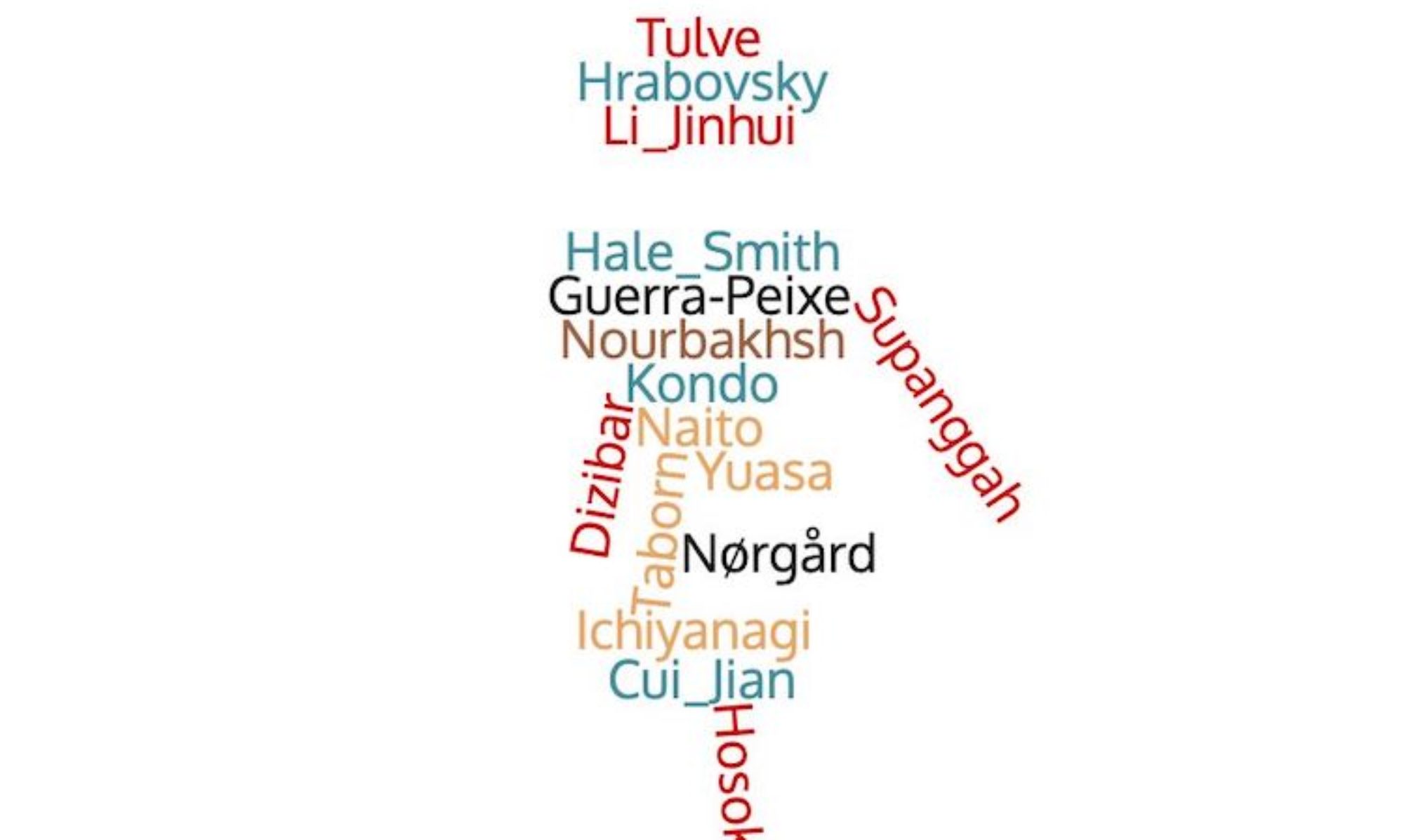By Mao Mengdan and Min Lingkang
This post is part of a series on 100 modern conservatory-trained Chinese composers from 1912 onwards who wrote symphonic, ensemble, and solo instrumental music using Western instruments, as well as choral and solo vocal music, adopting Western tonality or avant-garde techniques. They are regarded as key historical figures in and drivers of modern Chinese music history.
Luo Zhongrong (1924.12.12-2021.9.2) was a distinguished composer, theorist, professor, and doctoral supervisor at the China Conservatory of Music. He was also a recipient of the Lifetime Honor Medal of the 4th China Music Golden Bell Awards. Born in Santai County, Sichuan Province, Luo began his musical studies in 1942 at the Sichuan Provincial Art School in Chengdu, majoring in violin and composition. In 1944, he transferred to the National Shanghai Conservatory of Music to continue his violin studies and also studied composition under Professor Tan Xiaolin.
Luo composed his first work, the song “Shan Na Bian Yo Hao Di Fang,” in 1947, which quickly became popular across the country. This marked his gradual shift from violin performance to composition. Two years later, he studied counterpoint under Ding Shande and taught himself composition. In 1951, Luo moved to Beijing to work in the composition group of the Central Orchestra. In 1958, he composed his first symphonic work, “Overture to the Completion Ceremony of the Thirteen Tombs Reservoir,” followed by his “First Symphony” in 1958-59. Both works, conducted by the renowned Chinese conductor Li Delun and performed by the Central Orchestra Symphony Orchestra in Beijing, achieved great success.
During the Cultural Revolution, Luo, despite being politically persecuted, composed the famous symphonic chorus “Shajiabang.” His works are known for their vibrant colors and conciseness, and even during his detainment for 2 years, Luo persisted in studying Hindemith’s “The Craft of Musical Composition,” eventually developing his unique theory of “pentatonic twelve-tone row.”
In 1985, Luo became a professor in the composition department of the China Conservatory of Music and received a scholarship from the German Academic Exchange Service (DAAD), leading to a visit to West Berlin for creative work and other musical activities. He also held a concert of his works there. In 1988, he attended the historically significant “Cross-Strait Composers Symposium” in New York. In 2004, Luo was awarded the Lifetime Honor Award of the China Music Golden Bell Awards. He passed away on September 2, 2021, at the age of 97.
His art song “Crossing the River to Pick Lotus Flowers” is Luo’s first twelve-tone work, based on a popular ancient poem from the late Eastern Han Dynasty (late 2nd to early 3rd century AD), later included in Xiao Tong’s “Anthology of Zhaoming.” The poem, a quintessential example of ancient five-character (five words per line) poetry, is known for its vivid and natural language and depiction of life. In “Crossing the River to Pick Lotus Flowers,” Luo structured the music into a binary form, enhancing the unity of the work. He designed a tone row according to the requirements of twelve-tone technique to express the poem’s remote and serene imagery. The tone row, initially presented in its original form in the introduction, is a partially tonal but overall atonal. Pentatonic influence is seen in the integration of intervals found in the pentatonic scale, and avoidance of dissonant intervals like minor seconds and augmented fourths, reflecting . Throughout the song, the tone row is used in various forms, such as retrograde, inversion, and retrograde inversion, corresponding to the “introduction,” “development,” “turn,” and “conclusion” of the poem.
In this art song, Luo’s vocal melody writing closely links the melodic direction with the lyrics and language, using both Chinese and Western melodic techniques to express phonetic sounds and convey the meanings of words. He does not pursue vocal techniques for their own sake but maintains the melodic characteristics and lyrical function of the voice. The song’s first line, “Crossing the river to pick lotus flowers,” presents a dynamic scene with a meandering descending sequence, while “The orchid marsh is full of fragrant grass” develops upward from the starting F# by a perfect fourth, bringing brightness to the music. The subsequent lines, such as “Picking them to leave to whom” and “My thoughts are with one who is far away,” use various melodic treatments to express the poem’s emotions, from the initial sadness to the final deep sigh of longing in “Sorrowful until old age.”
Here is a video link to the work: https://www.bilibili.com/video/BV1AB4y1A7go?share_source=copy_web&vd_source=4681f0684a5c74dd125d397ca5882ba3
